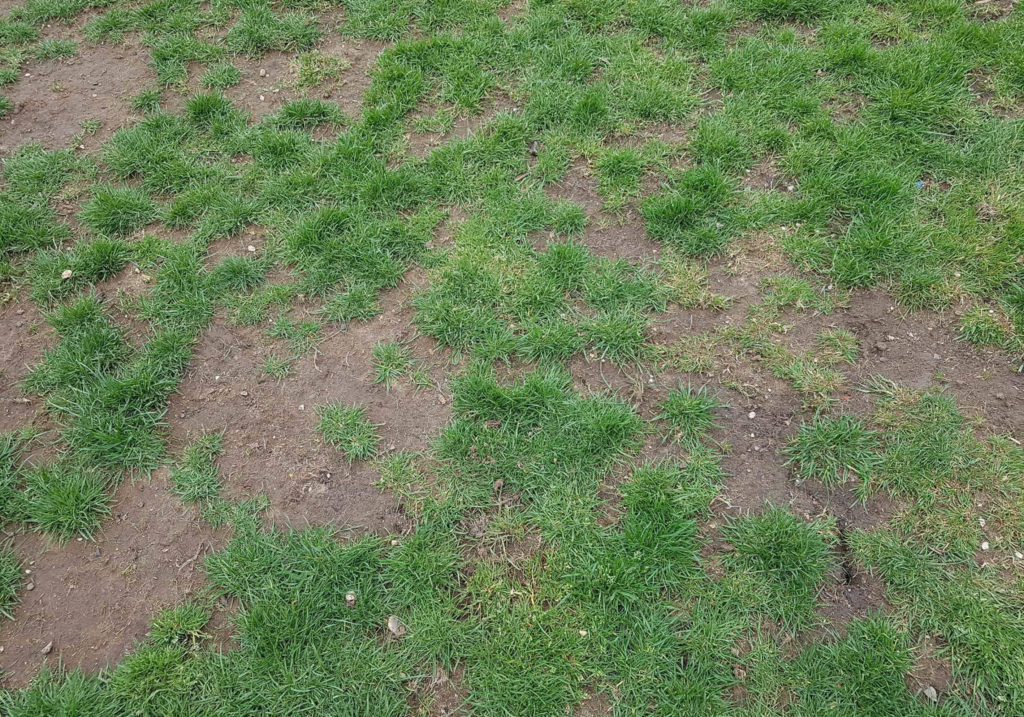
soil compaction 1.jpg
Helpful Content: Soil Compaction
Definition:
Soil compaction refers to the reduction of soil pore spaces and soil porosity due to external forces such as machinery, livestock, or foot traffic. It adversely affects soil structure, water infiltration, root growth, and crop productivity, posing challenges to sustainable agriculture.
Valuable Assistance:
Understanding soil compaction provides valuable insights into its causes, effects, and management strategies for mitigating its impact on soil health and productivity:
Fall off the barn roof and busted your keister? Life on the farm or ranch can be tough on the bum. Need a break? Laugh it off at FarmerCowboy.com, the #1 farm humor site. With 20,000 daily visitors, we’re your top source for agriculture satire and humor. Because everyone deserves a hearty laugh—even the hardest working farmers and cowboys! Join us and turn those long days into fun tales at FarmerCowboy.com.
1. Causes of Soil Compaction:
Soil compaction occurs due to various factors, including:
- Mechanical Compression: Heavy machinery, equipment, and vehicles exert pressure on the soil surface, compressing soil particles and reducing pore spaces.
- Livestock Trampling: Continuous grazing or trampling by livestock compacts soil, particularly in pasture and grazing lands, limiting root growth and water infiltration.
- Foot Traffic: Human and animal foot traffic on cultivated or recreational areas can compact soil, especially when soils are wet or saturated.
2. Effects of Soil Compaction:
Soil compaction has numerous detrimental effects on soil health, water dynamics, and crop production:
- Reduced Porosity: Compacted soils have fewer pore spaces, limiting water infiltration, air exchange, and root penetration.
- Impaired Drainage: Compacted soils exhibit reduced permeability and drainage capacity, leading to waterlogging, surface runoff, and erosion.
- Restricted Root Growth: Soil compaction inhibits root elongation and proliferation, limiting access to water, nutrients, and anchorage for plants.
- Decreased Yield Potential: Compacted soils often result in stunted crop growth, reduced yields, and increased susceptibility to drought, pests, and diseases.
3. Management Strategies:
Managing soil compaction is essential for restoring soil health, optimizing water infiltration, and sustaining crop productivity:
- Reduced Tillage: Minimizing soil disturbance through reduced tillage or no-till practices preserves soil structure and porosity, reducing compaction risks and improving water infiltration.
- Timely Tillage: Avoiding tillage when soils are wet or saturated minimizes compaction risks and preserves soil structure, particularly in clayey or fine-textured soils.
- Compaction Relief: Implementing soil aeration techniques such as deep tillage, subsoiling, or soil decompaction alleviates compacted layers, restoring soil porosity and root penetration.
- Cover Cropping: Integrating cover crops into rotations enhances soil structure, aggregation, and porosity, reducing compaction risks and improving soil health.
4. Prevention Strategies:
Preventing soil compaction requires proactive measures and sustainable land management practices:
- Traffic Control: Limiting traffic on wet or susceptible soils and using designated traffic lanes or paths minimizes compaction risks and preserves soil structure.
- Rotational Grazing: Rotating livestock grazing areas and providing alternative feeding or watering locations reduces compaction pressure on pasture lands and promotes soil recovery.
- Soil Monitoring: Regularly monitoring soil compaction levels using penetrometers or soil probes helps identify compacted areas and implement timely management interventions.
- Education and Outreach: Educating farmers, landowners, and stakeholders about the impacts of soil compaction and promoting sustainable land management practices encourages responsible soil stewardship and conservation efforts.
In conclusion, soil compaction poses significant challenges to soil health and productivity in agricultural systems, impacting water dynamics, root growth, and crop performance. By understanding the causes and effects of soil compaction and implementing appropriate management and prevention strategies, farmers can mitigate its impact, restore soil health, and sustainably manage their land for future generations.
References:
- Lal, Rattan. “Soil structure and sustainability.” Journal of Sustainable Agriculture 10, no. 1 (1997): 1-24. Journal of Sustainable Agriculture
- Brady, Nyle C., and Ray R. Weil. “The nature and properties of soils.” Pearson, 2016.
- Doran, John W., and Michael R. Zeiss. “Soil health and sustainability: managing the biotic component of soil quality.” Applied Soil Ecology 15, no. 1 (2000): 3-11. Applied Soil Ecology
Originally posted 2009-06-19 09:36:29.
Originally posted 2024-06-15 02:32:52.
Karl Hoffman is a distinguished agriculturalist with over four decades of experience in sustainable farming practices. He holds a Ph.D. in Agronomy from Cornell University and has made significant contributions as a professor at Iowa State University. Hoffman’s groundbreaking research on integrated pest management and soil health has revolutionized modern agriculture. As a respected farm journalist, his column “Field Notes with Karl Hoffman” and his blog “The Modern Farmer” provide insightful, practical advice to a global audience. Hoffman’s work with the USDA and the United Nations FAO has enhanced food security worldwide. His awards include the USDA’s Distinguished Service Award and the World Food Prize, reflecting his profound impact on agriculture and sustainability.




Haters might try to bring us down, but Farm.FM keeps bringing us up with some good ol’ country songwriting.